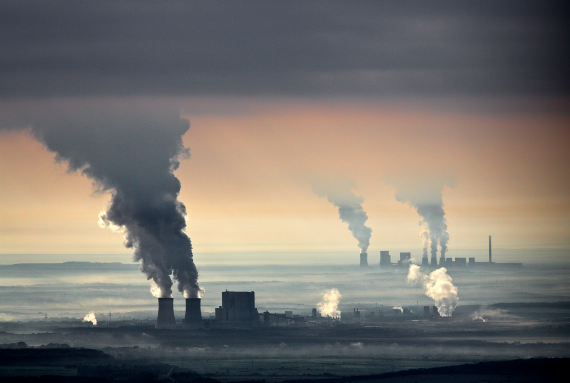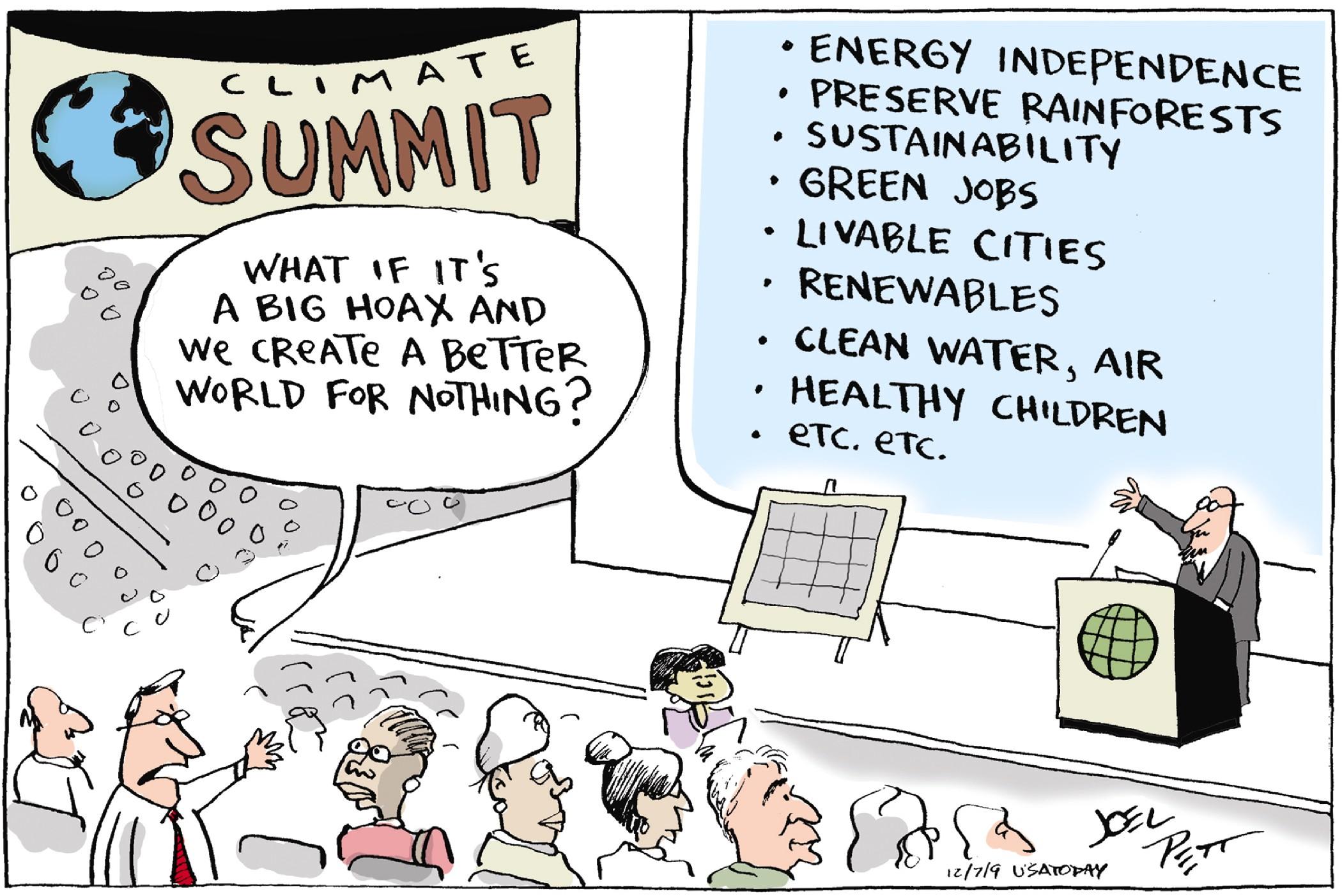
By Jennifer Runyon, reposted from RenewableEnergyWorld, Dec 10, 2015
During a standing-room-only session on “What’s Next for Large-Scale Renewables in North America,” experts laid out their visions for the solar, wind and hydro markets for the coming years. Not only is there is a rush to build projects right now, but all three technologies are expected to grow in the next five years, despite expiring tax credits, shortages in materials and tough permitting hurdles.
Solar is Booming
Solar development is booming said Julie Ungerleider Senior Vice President of Engineering at Coronal Group during the conference session. She explained that more than 12.6 GW of solar capacity is operating and 24.5 GW are under construction. Top states for solar development are Arizona, California, Florida, North Carolina and Nevada. The reason for the boom is the looming expiration of the solar Investment Tax Credit (ITC), set to drop to 10 percent at the end of 2016 for commercial projects.
The rush to build projects before the end of 2016 is causing a shortage of materials for developers as well, which Ungerleider said means that unless a project is almost “fully baked” right now, it probably won’t be built before the end of 2016.
Ungerleider said that even if the ITC is not extended she doesn’t expect to see a major impact on solar development. Technology costs have come down sharply in the past four years and contractors have become much more efficient in construction of solar. Ungerleider said it used to take months to install a few MWs. “Now you can install 1 MW in a week,” she said.
Wind Investment Growing
Aaron Anderson a renewables engineer with Burns & McDonnell who performs due diligence on wind projects, said that the number of transactions in the wind energy market have steadily increased since 2002. In terms of dollars, Anderson said that more than $170 billion has been invested about 1,000 wind projects over the past two years, which means each wind project has an average transaction cost of almost $170 million. Today there are 70 GW of installed wind capacity online in U.S. with another 13 GW under construction. This represents an almost 800 percent increase in wind projects in 10 years.
Anderson said that he thinks investment in wind will continue because there is enough operating capacity that needs to be maintained, tweaked, bought and sold that investor will leave “no stone unturned” in the wind industry.
Project Upgrades Dominate Hydro Sector
Rocio Uria-Martinez with the Oak Ridge National Laboratory presented on the status of what she called “good old hydro.” With 4 GW of planned hydropower projects, mostly in project upgrades, the hydro sector is not installing new projects at rates as fast as wind and solar but work within the sector to remove policy barriers and shorten permitting times could open the doors for further development. Today there are 80 GW of installed hydro capacity in the U.S. with about half of that in just three states: California, Washington and Oregon. Every state in the nation, however, has at least some hydro, except for Delaware and Mississippi, according to Uria-Martinez.
For those 4 GW of new hydro, the median project size is less than 10 MW and adding generating capacity to non-powered dams dominate the pipeline.
Recent legislation could help the hydro sector as well. Just a week ago, said Uria-Martinez, the U.S. house of representatives approved a bill aimed at shortening the time it takes to permit larger hydro projects. Part of it included a provision that would allow existing environment impact studies to be used for a new project if they have already been conducted in that region.
The grid today needs flexible resources to account for the variable resources — like wind and solar — that are increasing grid instability. Uria-Martinez sees hydro as a key resource to help ease those pains. “We need to keep investing in older hydropower plants to keep them flexible enough to meet the challenges of the 21st century grid,” she said. SOURCE







